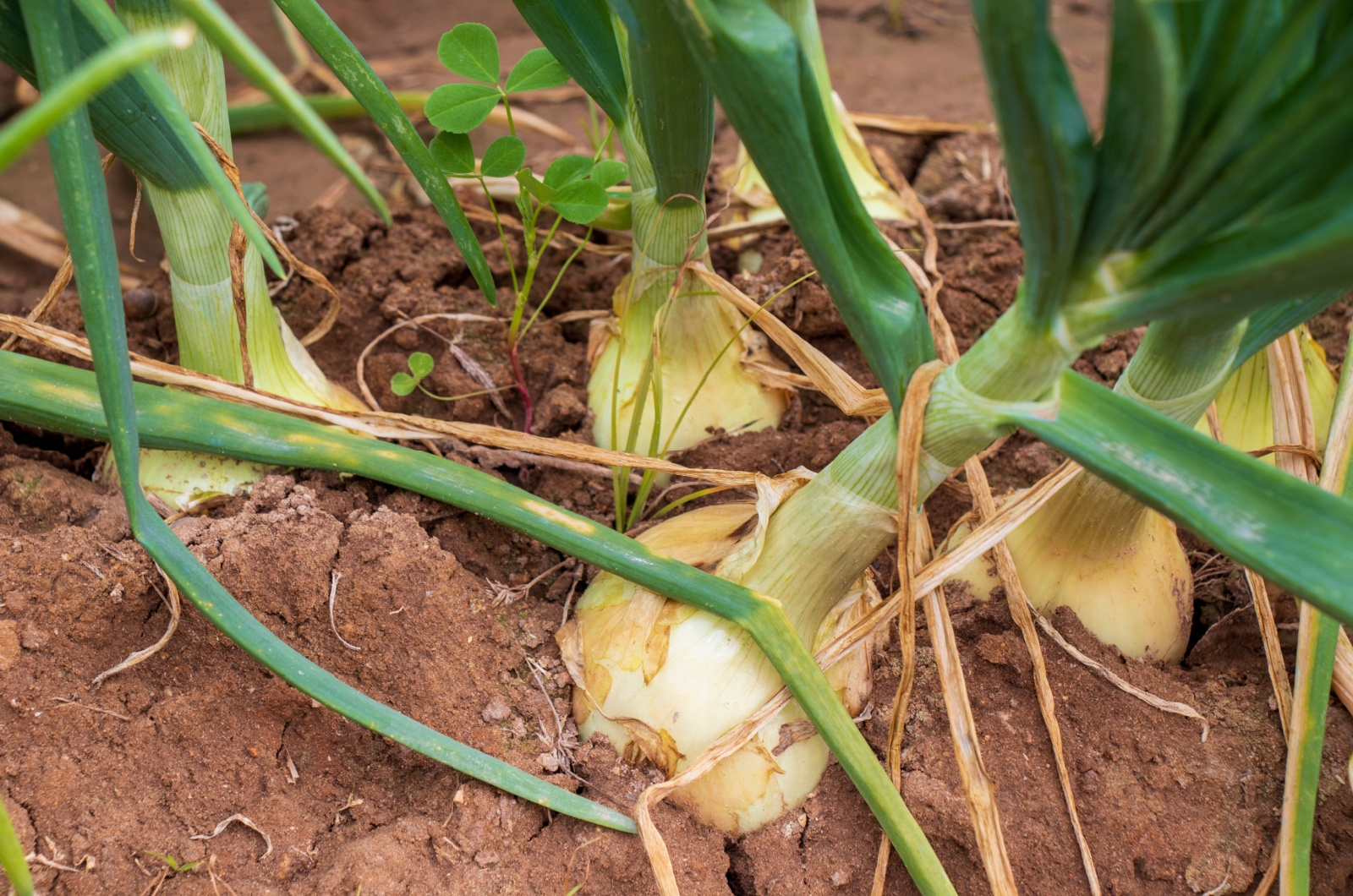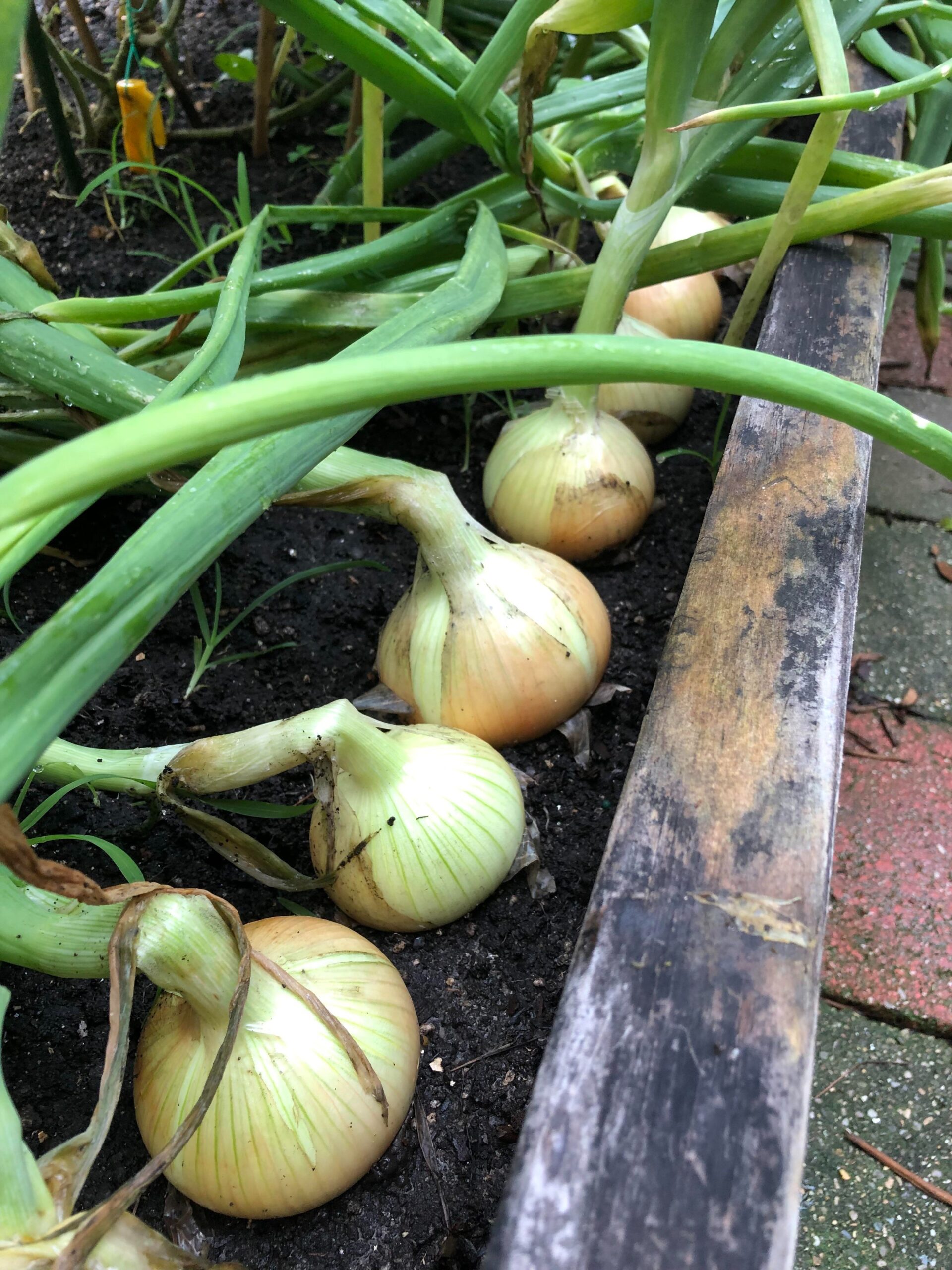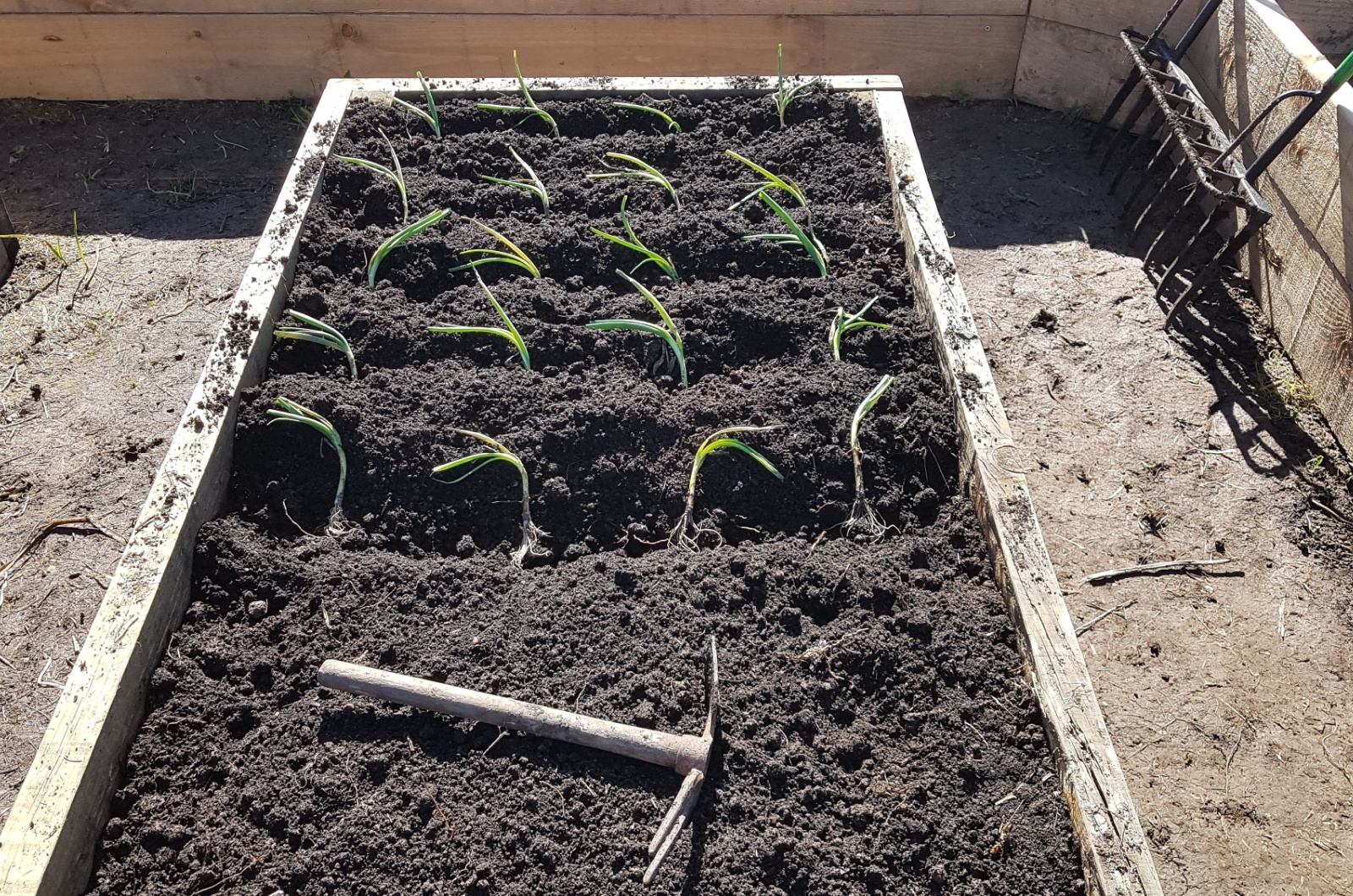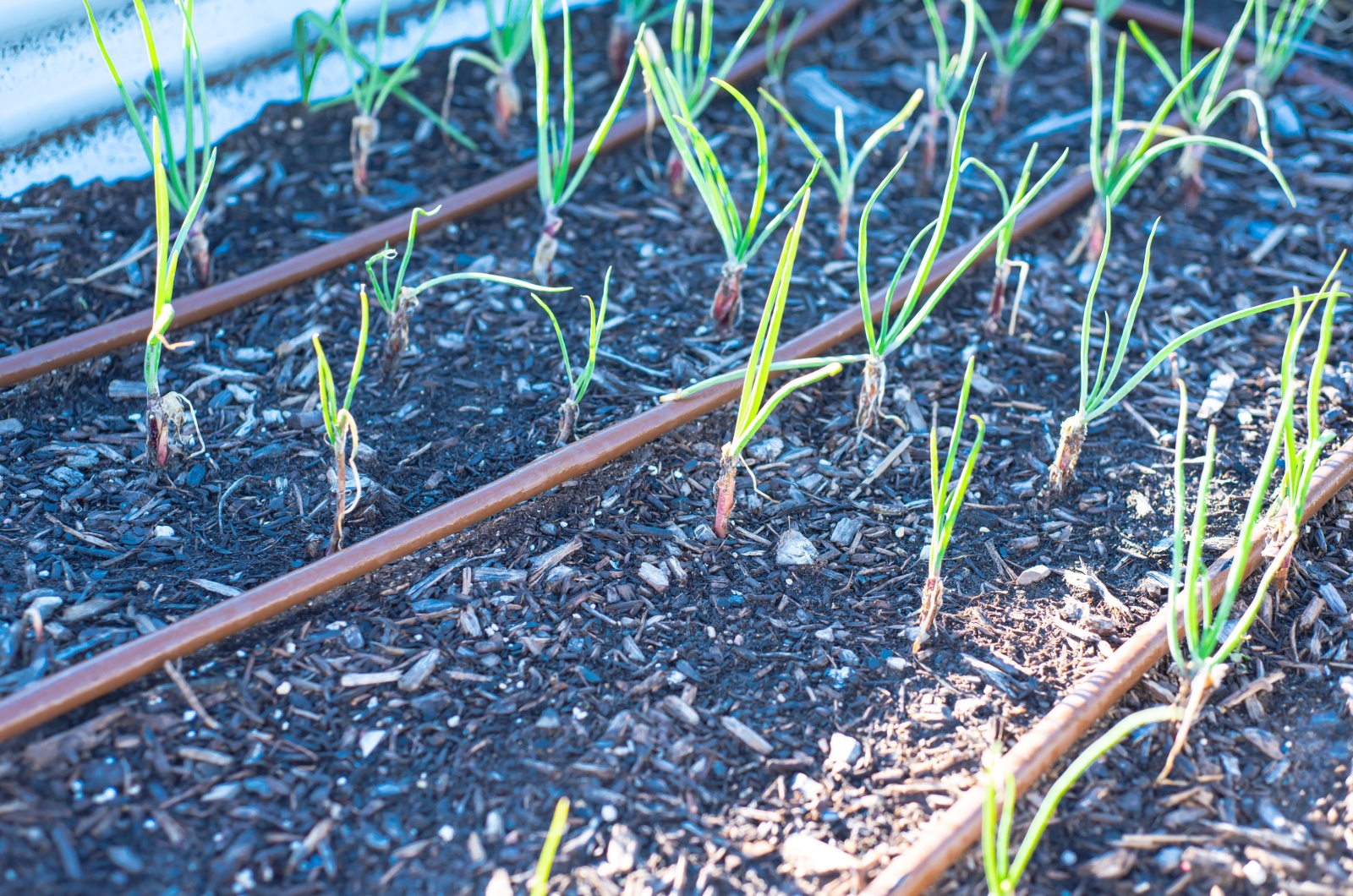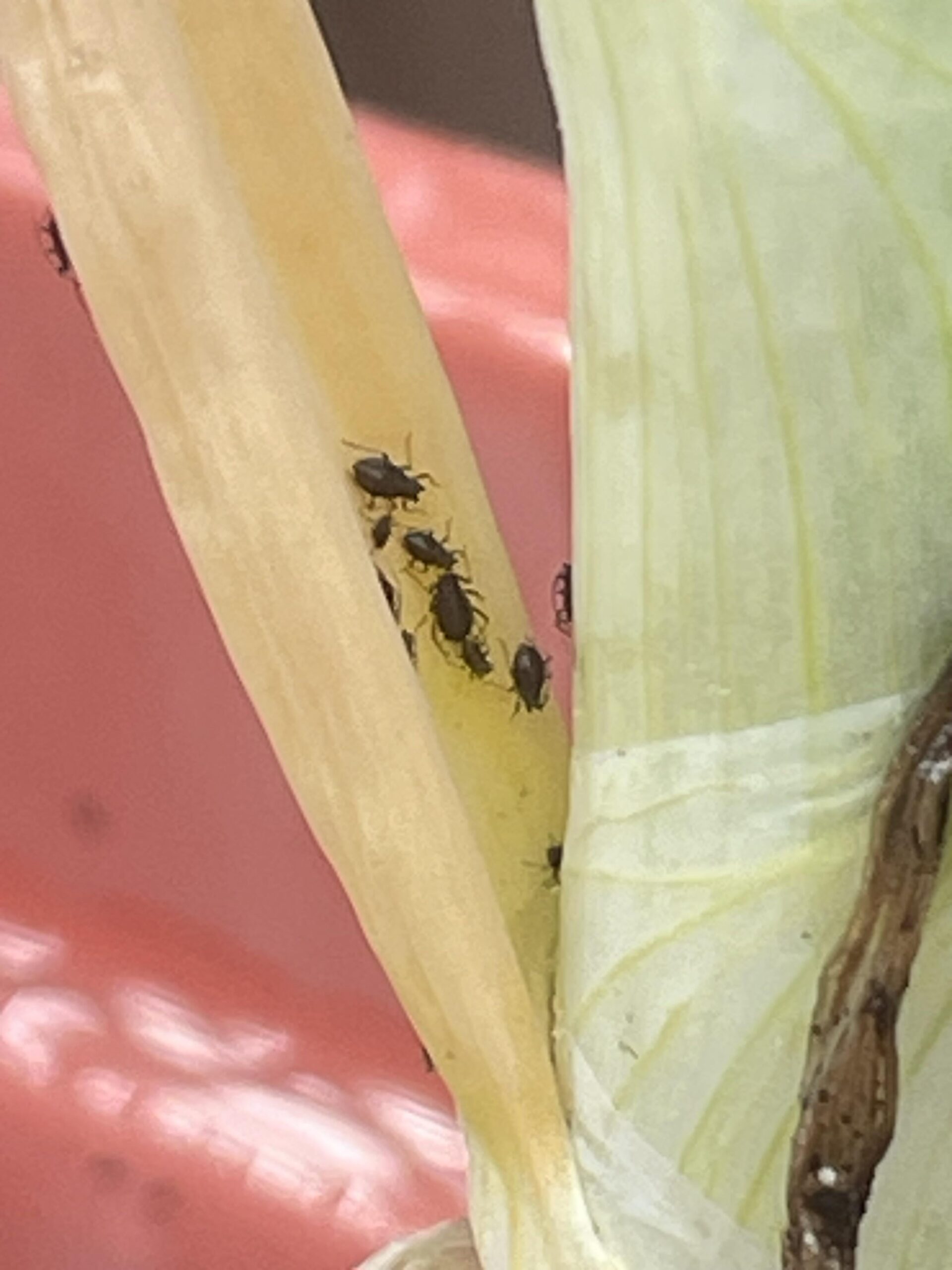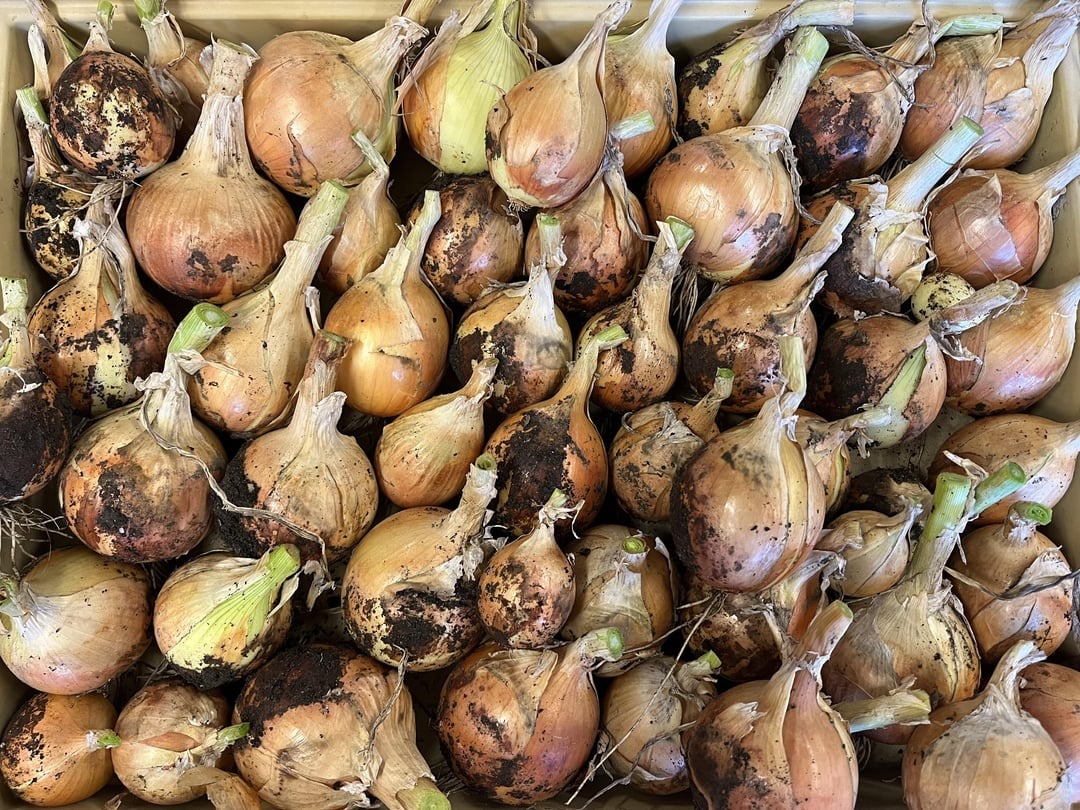Do you want to grow onions in your garden this fall? That’s great news because I’ve got some amazing tricks that I want to share with you! The only thing you’ll need for getting the most delicious homemade onions are raised beds.
Since I discovered these methods that proved to work very well, I haven’t tried any other techniques for growing them. That’s why, for the past few seasons, I’ve only used raised beds for planting my onions.
Don’t even get me started on how many benefits you’ll get! You’ll end up with tons of harvested onions that you can use throughout the cold season. If you want to boost your health and enjoy amazing meals, prepare your raised beds and start growing them right away!
Start With Choosing The Right Variety
There are many types of onions, and their taste can be sweet or spicy. You can eat them fresh, roasted, fried, or pickled. They are an important part of any kitchen because they’re so versatile!
But there’s one catch before you get to preparing all those delicious meals. Depending on the variety you plant, you’ll need to choose ones that can thrive well in your growing zone.The length of the day is one of the most important parts of cultivating these veggies.
Lack of sunlight can lead to small and weak plants, and you might end up with no harvest at all! That’s why you should follow these methods and see what suits you best.
Short-day onions like Texas Early Grano will only form when they receive ten to twelve hours of
daylight. These kinds of onions thrive in USDA hardiness Zones 7 and above.
Day-neutral types such as Candy onions will need twelve to fourteen hours of daylight. So they are suitable for USDA Zones 5 and 6.
Green onions are a long-day variety, and they will perform best when there’s fourteen to sixteen hours of daylight. These types of onions are usually grown in northern regions, such as USDA Zones 6 and below.
Now that you know which one to select, we can move on to preparing the raised beds!
This Is How You Should Prepare Raised Beds For Planting
First, we should start with the soil, which should have a pH between 6.0 and 6.8. Onions also do great in well-drained, loamy soil. So, you can mix store-bought compost with a little fertilizer and add a layer of mulch inside the raised beds for healthier growth.
The raised beds should be fifteen inches deep so all of the bulbs will get enough space to form without any complications. You’ll also need to plant them four to six inches apart!
Place Drip Irrigation For Better Watering
Watering is the trickiest part because, if you overdo it, onions will start wilting and developing mold on the soil surface. If you want to avoid that and make sure you are doing the job right, use drip irrigation!
This watering system will get all of the water straight to the roots, where it’s most needed! Onions will need an inch of water every week, and with this method, they will receive enough for successful growth.
Beware Of The Pests That Could Ruin All Your Hard Work
There are a few pests and diseases you should keep an eye out for! Purple blotch (a fungal disease), slugs, cutworms, aphids, onion thrips, and maggots are some of the pests that might threaten your veggies. They love feeding on the roots and bulbs of onions!
So, what can you do if they try to sneak into your raised beds? You could use insecticidal soaps or neem oil. This powerful duo will definitely drive them away from your onions!
If you spot purple blotch, use fungicides and remove all affected plants to prevent the disease from spreading to other veggies!
Let’s See When You Can Harvest Onions
Have you spotted that the bulbs are big and the tops are starting to turn yellow? Congratulations! They are officially ready to be harvested, so prepare a big basket because you’ll be amazed at how many onions are hiding in the soil!
Gently pull or dig them from the ground! If you’ve got too many of them, you can put the onions in a cardboard box in a cool and dry place. The temperature should be between 30 and 50°F, which can make your onions last up to a few months! Isn’t that great?
That’s all for today, folks! All that’s left is to get your raised beds and start growing your onions. With the help of these tricks, it will be a piece of cake for you!
Just imagine all the harvested onions you’ll be able to use in your favorite meals! They go perfectly with so many dishes.
Plus, you can say goodbye to the flu and colds that come with fall, thanks to the vitamin C in onions. So, don’t let this autumn pass without growing them!
Good luck!

